High-End Homes Transform Kisumu's Skyline

The city of Kisumu has struggled to accommodate its growing population which has far exceeded the capacity of the infrastructure initially built by colonial authorities for a much smaller population.
Situated advantageously on Lake Victoria's shores, this city of 1.8 million inhabitants continues to wrestle with infrastructure originally designed for a mere 40,000 residents during the colonial period. This disparity between capacity and demand has created persistent challenges for the growing metropolis. The city's limitations were starkly illustrated when former Transport Cabinet Secretary Michael Kamau noted that Kisumu International Airport could not accommodate diverted international flights due to insufficient high-end lodging facilities.
This observation came in the wake of an incident at Jomo Kenyatta International Airport when flights had to be rerouted to alternative cities like Mombasa and Eldoret. However, Kisumu's trajectory has since taken a markedly different direction. The city's landscape has radically transformed, featuring contemporary architecture, upscale residential developments, and enhanced public infrastructure. A prime example is Riat Hills, which has evolved from an abandoned district into a prestigious residential area. This renaissance can be traced to the early 2000s, coinciding with the National Rainbow Coalition's ascension to power.
Under President Mwai Kibaki's administration, substantial investments were directed toward upgrading Kisumu Airport to international standards and establishing the Sondu Miriu hydroelectric facility to ensure a reliable power supply. According to Charles Ayoro, Managing Director of Real Estate Associates Ltd., Kisumu's property sector had previously stagnated due to multiple factors, including infrastructure deficiencies, housing shortages, limited commercial activity, and security concerns. Despite its official city status and position as Kenya's third-largest urban centre, Kisumu struggled to achieve its economic potential, particularly in real estate development.
The Kibaki administration's strategic investments proved transformative with the modernized airport catalyzing business and tourism growth, while improved electrical infrastructure supported industrial expansion. Enhanced road networks strengthened both internal mobility and regional connectivity thus fostering economic development. This infrastructure development has spawned significant growth in Kisumu's real estate sector. The cityscape now showcases modern commercial and residential structures, attracting investment and stimulating local economic activity. Premium residential areas like Riat Hills exemplify this transformation, offering sophisticated living spaces that cater to affluent residents.
Despite these advances, Kisumu faces ongoing challenges in water provision, waste management, and urban planning. Nevertheless, recent progress has established a robust foundation for continued development. Under Governor Anyang' Nyong'o's leadership, the county government continues to address these issues while promoting sustainable growth. Kisumu's waterfront location presents considerable opportunities for future development. Current initiatives include plans to transform the lakefront into a dynamic commercial and recreational district anticipated to draw increased tourism and investment. Also, the ongoing port expansion project promises to enhance trade capabilities and generate employment opportunities for residents.

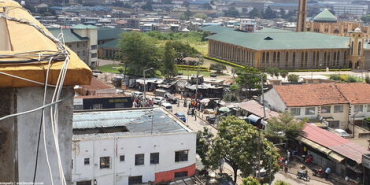

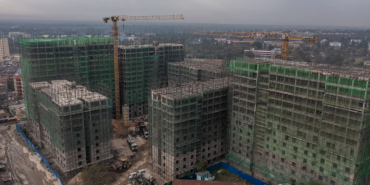

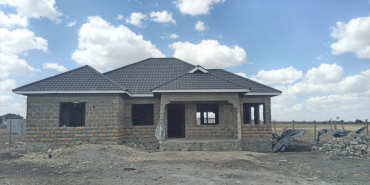
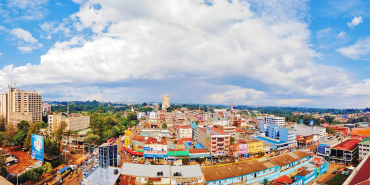
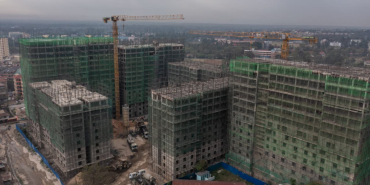
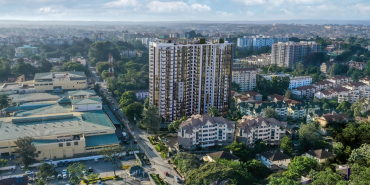



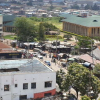

Add new comment